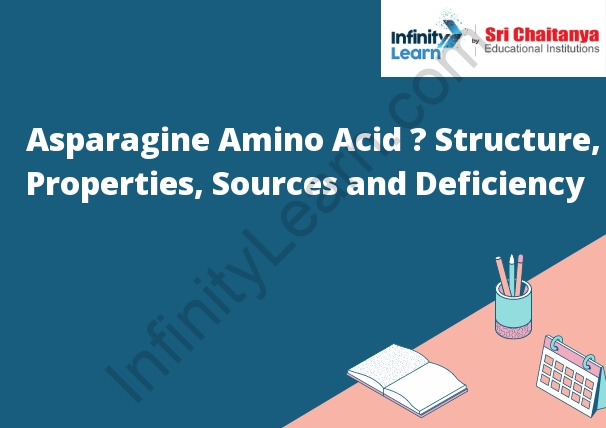Table of Contents
ASN Amino Acid :
The ASN amino acid is a proteinogenic amino acid that is encoded by the ASN gene. It is a non-essential amino acid that is synthesized in the liver. ASN is a building block of proteins, and is found in all tissues of the body. It is involved in a number of biochemical pathways, including the urea cycle, the biosynthesis of purines and pyrimidines, and the metabolism of nitrogen. Asparagine Amino Acid – Structure Properties Sources and Deficiency.

Asparagine Structure
Asparagine is an α-amino acid with the formula NH 2 CH 2 COOH. It is an important biomolecule that plays a role in the biosynthesis of proteins. It is a non-essential amino acid, meaning that the body can synthesize it from other molecules. Asparagine is structurally similar to the amino acid aspartic acid, with the exception of a methyl group on the nitrogen atom.
Physical and Chemical Properties of Asparagine Functional Group
Asparagine is a white, crystalline, water soluble amino acid. It is a non-essential amino acid that is found in high levels in plant and animal tissues. It has a characteristic amide (–NH2) group and a carboxylic acid (–COOH) group. The amide group is polar and can form hydrogen bonds. The carboxylic acid group is nonpolar and can form ionic bonds.
Asparagine Role
Asparagine is an amino acid that is necessary for the body to make proteins. It is also involved in the transport and storage of nitrogen in the body.
Sources of Asparagine
Asparagine is found in both plant and animal sources of food. The highest concentrations are found in dairy products, poultry, eggs, fish, and legumes.
Asparagine Deficiency
Asparagine is an essential amino acid that is not produced by the body and must be obtained from the diet. Asparagine is necessary for the body to make proteins. A lack of asparagine can lead to a deficiency.
Symptoms of asparagine deficiency can include:
weakness
fatigue
poor appetite
weight loss
muscle wasting
swelling
Asparagine deficiency is rare and is most commonly seen in people with certain genetic disorders or who are undergoing cancer treatment. Treatment for asparagine deficiency typically involves supplementation with asparagine or asparagine-containing foods.
Asparagine Amino Acid – Structure Properties Sources and Deficiency.






